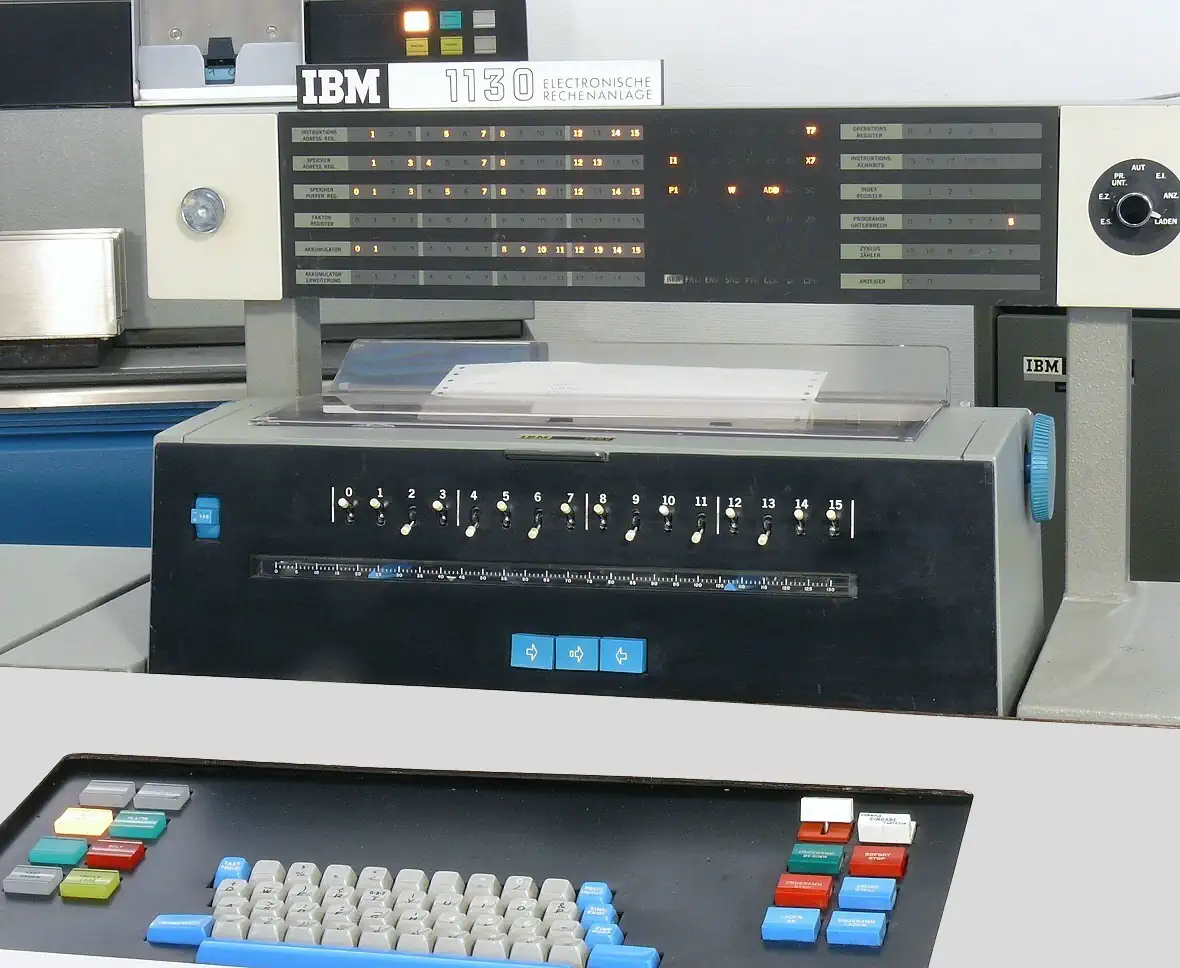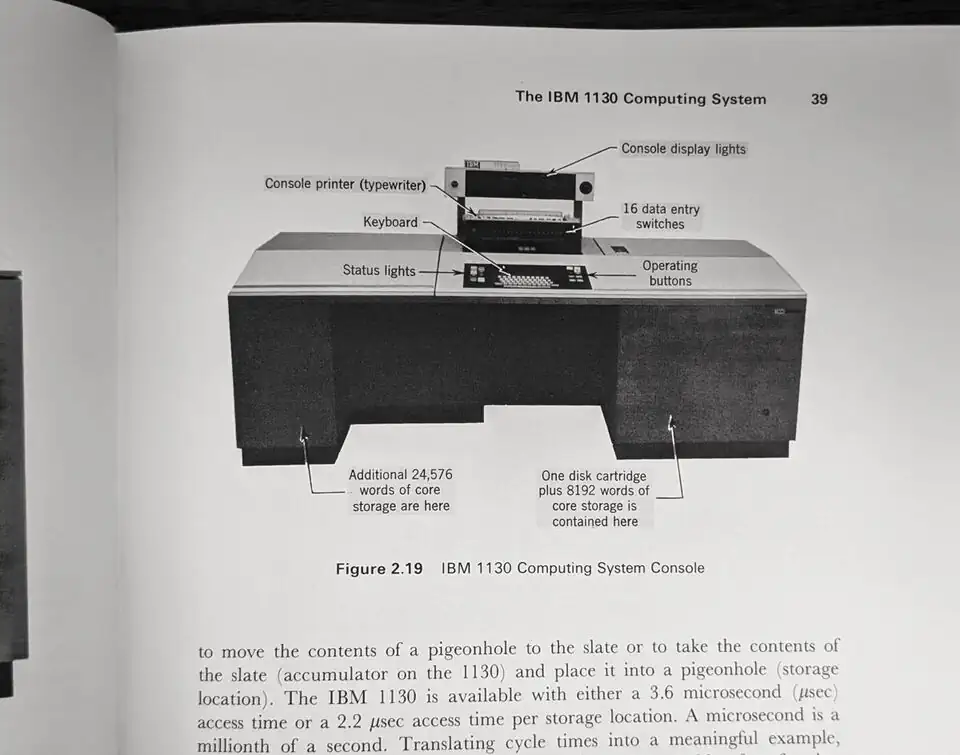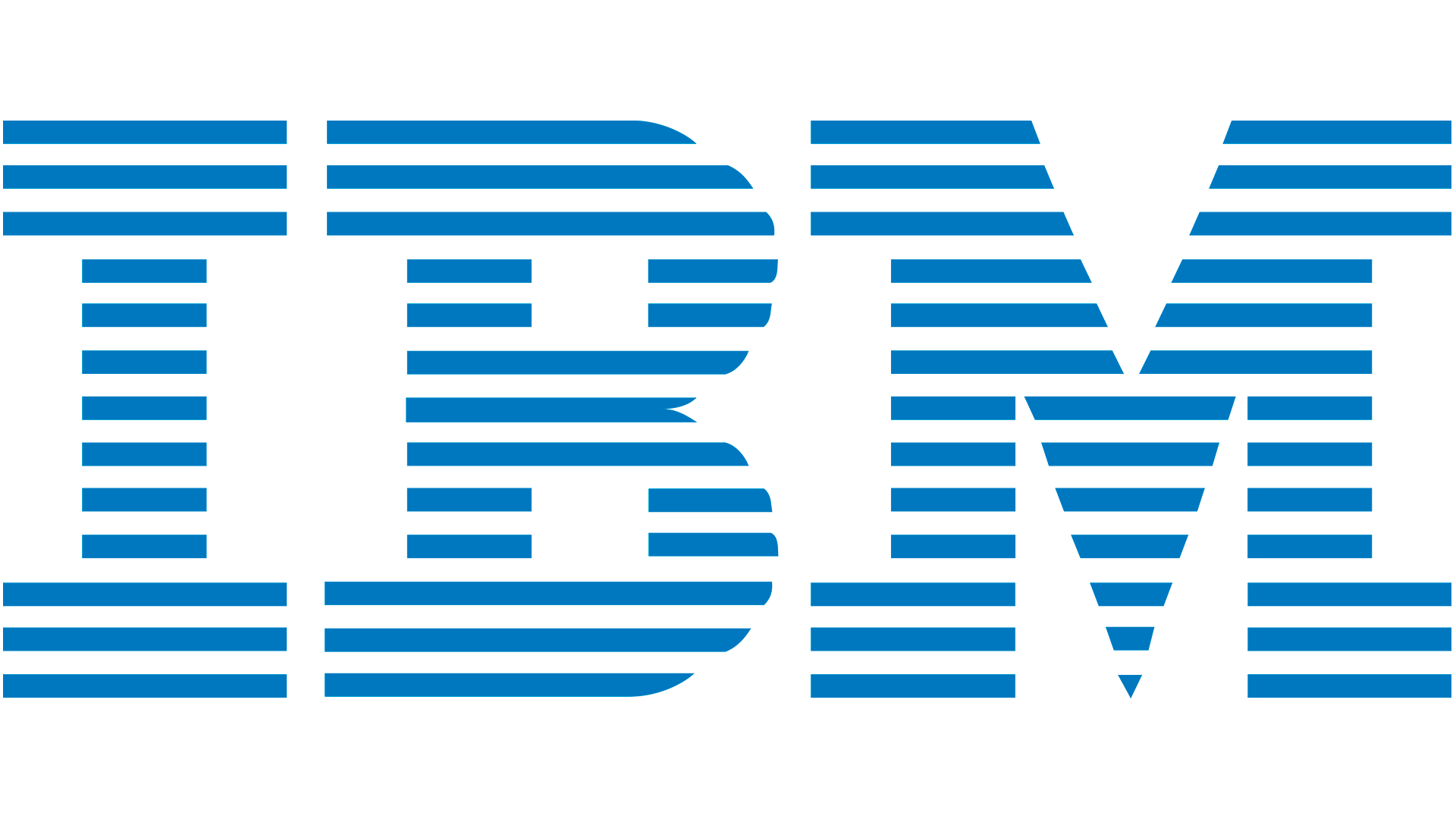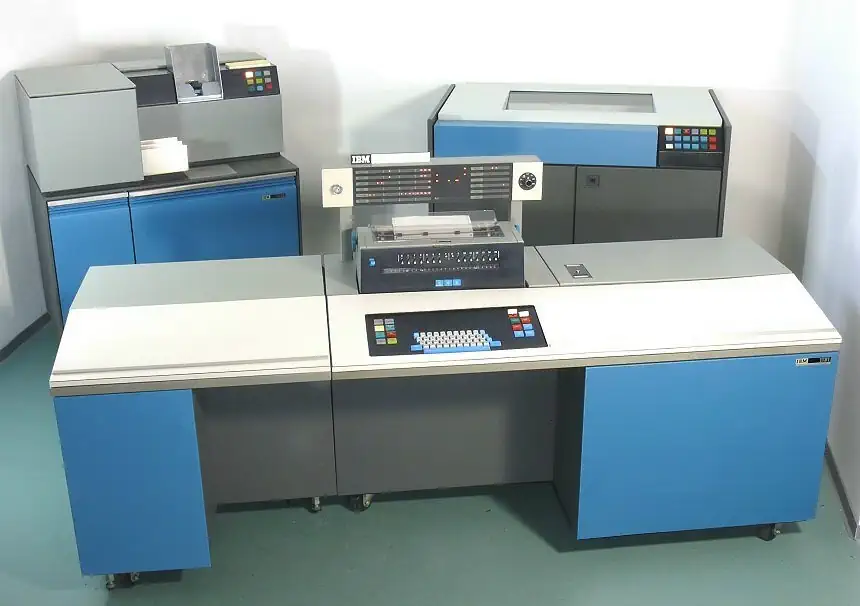The IBM 1130 Computing System
The IBM 1130 Computing System, introduced in 1965, marked a significant milestone as one of IBM's most affordable and compact computing systems, making computing power accessible to small businesses, educational institutions, and individual professionals. It was part of IBM's effort to democratize computing, offering a cost-effective alternative to the larger, more expensive mainframes of the era. The system featured a single-user design and was renowned for its ease of use and compact form factor, which allowed it to fit in environments with limited space. The 1130 was particularly popular among scientists, engineers, and small organizations for its ability to handle technical and mathematical applications efficiently.
Architecture
At the heart of the IBM 1130 was its 16-bit word architecture, which provided sufficient computing power for various computational tasks. It came with the IBM 1132 printer and a console that included a typewriter-style keyboard and a built-in printer, facilitating interactive computing. Users could program the system using IBM's FORTRAN compiler or the assembly-level 1130 programming language, both of which made it versatile for solving complex problems. The IBM 1130 also featured a direct-access disk drive, which was a rarity for computers in its price range at the time, enabling faster data retrieval and storage. This combination of affordability, functionality, and accessibility cemented the IBM 1130's legacy as a pioneering computer that expanded the reach of digital computing.The architecture of the IBM 1130 Computing System was based on a 16-bit word length, a notable design choice that balanced power and affordability for small-scale computing. Its central processing unit (CPU) implemented a load-store architecture with a single accumulator (AC) register, which served as the primary working register for arithmetic and logic operations. The instruction set was relatively simple, comprising around 80 instructions, including arithmetic, logical, branching, and input/output operations. The system used a two's complement representation for signed integer arithmetic, a standard approach in computing. Memory addressing was direct, with a 15-bit address space providing access to up to 32,768 (32K) 16-bit words, though most systems were configured with 4K to 8K words of core memory due to cost constraints.
Memory System
The IBM 1130's memory system used magnetic core memory, which was non-volatile and reliable for its time. Peripherals like the 1132 printer and the 2310 removable disk drive were controlled through specialized I/O instructions. The system included a built-in disk operating system (1130 DOS), which supported file management, device control, and multitasking to an extent. One of its standout architectural features was the IBM 2250 Graphics Display Unit option, which allowed for graphical interaction—a rarity in small computers of the 1960s. The 1130 also offered support for floating-point arithmetic via an optional hardware feature, expanding its utility for scientific and engineering applications. Its straightforward and efficient architecture made it a favorite among technical users and set a benchmark for small, affordable computing in the mid-20th century.


ROM: n/a
VRAM: n/a Sound Chip none Sound none Display Chip none Display IBM 1132 Printer Best Color n/a Graphics n/a Sprites n/a System OS Disk Monitor 2 (DM2) Storage IBM 2310 Disk Drive, IBM 2515 Single Disc Cartridge

